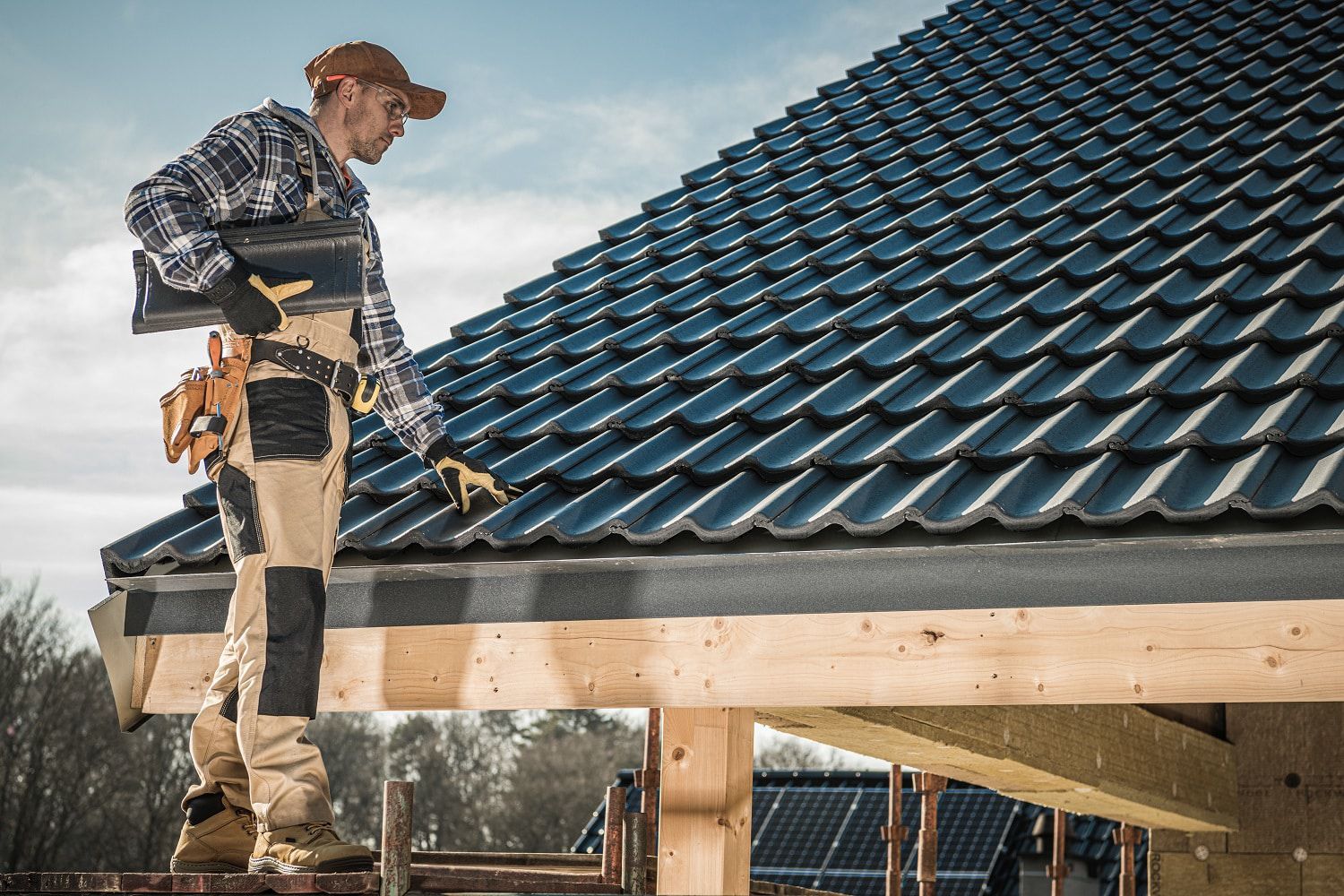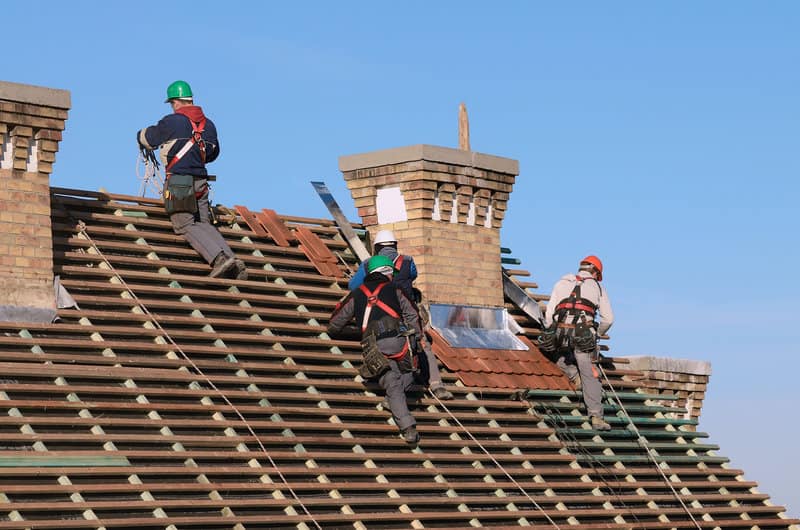Ensure durability by hiring a expert Roofing Contractor for your project.
Just How to Review Different Roof Covering Alternatives for Your Building Requirements
Assessing roof covering choices for your building calls for a thorough approach that considers numerous factors such as the planned usage of the framework, neighborhood environment conditions, and product qualities. It is essential to weigh the benefits and downsides of different roof covering types, from asphalt tiles to metal and clay floor tiles, while also considering initial prices and long-term maintenance. Furthermore, recognizing energy performance and visual appeal can affect your choice. As you consider these factors to consider, one question stays: which aspects will eventually direct your choice for a sustainable and aesthetically pleasing roof remedy?
Evaluating Your Building's Needs
To effectively review roof alternatives, start by thoroughly analyzing your structure's needs. Begin by taking into consideration the building's intended usage, as different structures may require differing roof requirements. As an example, residential roof coverings usually prioritize looks and insulation, while business buildings might concentrate on resilience and load-bearing capacity.
Next, review the local climate problems that will affect roofing efficiency. Factors such as temperature level variations, rainfall degrees, and wind patterns can affect material choice and style. A roof that stands out in a pleasant climate may not carry out as well in areas susceptible to hefty snowfall or extreme heat.
Furthermore, assess the architectural integrity of your building. Guarantee that the existing framework can support the selected roof covering products, particularly if considering much heavier options. It is likewise crucial to evaluate any type of local building codes or laws that may dictate certain demands for roof.

Contrasting Roof Covering Materials
When an extensive evaluation of your structure's needs has been finished, the next step includes contrasting different roofing products. Each product supplies distinct benefits and drawbacks, making it necessary to align your selection with your specific requirements and conditions.
Asphalt shingles are extensively identified for their price and ease of installment, making them a preferred choice for residential buildings. On the other hand, metal roof covering, understood for its resilience and longevity, can stand up to severe climate condition but may feature a higher initial financial investment.
Clay and concrete floor tiles give excellent thermal insulation and aesthetic allure, particularly for Mediterranean-style design, yet they need a more robust structural assistance because of their weight. Timber trembles offer an all-natural look and excellent insulation residential or commercial properties yet may require a lot more upkeep and are vulnerable to fire hazards.
Examining Expense and Budget
Assessing your roofing choices requires a cautious analysis of cost and budget plan considerations. The general budget plan for a roofing task comprises a number of variables, including material expenses, labor costs, maintenance, and prospective long-term financial savings. It is necessary to develop a clear budget before exploring specific roofing products, as this will certainly direct the decision-making process and assist you avoid overspending.
Begin by getting quotes from several service providers to understand labor costs in your region. Ensure that these quotes consist of all essential solutions, such as elimination of the old roof, installment, and any kind of additional functions, like insulation or ventilation enhancements - Toledo Roofer. Next, Your Domain Name examine the expense of numerous roof products, taking into consideration both preliminary his explanation setup expenses and anticipated lifespan

Recognizing Energy Performance
Power effectiveness plays an essential function in the selection of roofing products and systems, significantly influencing both energy intake and overall comfort within a building. An appropriate roofing can improve thermal performance, minimizing the need for home heating and cooling down systems, which subsequently decreases energy costs and reduces environmental influence.
When examining roofing choices, consider materials that reflect rather than absorb warmth. Furthermore, proper insulation and ventilation are crucial to enhance the power effectiveness of the whole roof covering system.
An additional essential aspect is the roof's durability and maintenance needs. Long lasting products that require much less regular substitute add to lasting energy savings. The power effectiveness of a roof covering system can also be assessed via its conformity with established sustainability scores such as Power CELEBRITY or LEED.
Taking Into Consideration Visual Appeal
A roofing's visual allure dramatically influences the overall appearance of a structure, matching its building design and enhancing visual allure. Sylvania Roofing Contractor. When evaluating roof alternatives, it is vital to think about how the selected product, color, and style will balance why not check here with the existing framework and area. A properly designed roof can raise even the simplest of buildings, transforming them into visual centerpieces
Various roof products offer numerous visual top qualities. Conventional tiles may evoke a classic charm, while steel roofing can give a modern-day, smooth look. Furthermore, the color of the roof material plays an important duty; lighter tones can make a structure show up more spacious, while darker tones may develop a cozier setting.
In addition, architectural aspects, such as dormers and eaves, can enhance the roof's visual impact. It is advisable to seek advice from professional designers or engineers to ensure the selected roof choice straightens with the general style intent. Ultimately, a roof covering should not just provide useful advantages yet also add favorably to the structure's visual, reflecting the proprietor's preference and the character of the surrounding environment.
Final thought
